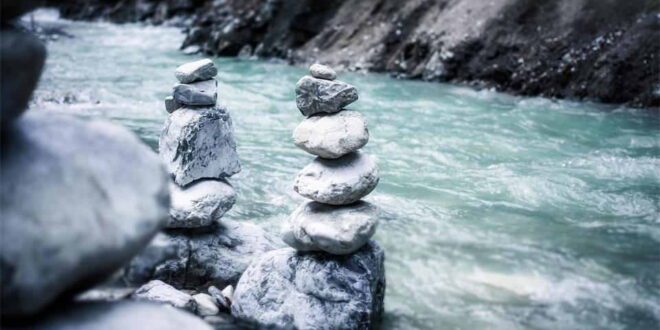Exploring the wild is a joy that bright screens can never match. The feel of pine needles under boots and the hush of far-off wind refresh both body and spirit. Yet even the most amazing view loses its charm once thirst kicks in.
Knowing where to find clean water and how to judge it is, therefore, as vital as a map or a compass. The tips below will help you sip safely on any trail.
Scout Natural Water Features
Rivers, creeks, and mountain springs are the top choices for backcountry drinkers because running water is often fresher than stagnant pools. When you plan a route, study a paper map and note blue lines or dots that mark these sources.
Once on the ground, climb a little uphill if possible; water found nearer to the starting point of a stream is usually cleaner than water far downstream. Avoid spots right below campsites, farms, or roads, where runoff could carry waste. A short hike upstream can spare you an upset stomach later.
Spot the Tells of Safe Water
Clear water is not always safe, yet it gives you an early clue. Hold a bottle up to the sun; if the liquid looks cloudy or has bits floating around, keep moving. Smell it, too; a swampy or rotten odor warns of decay.
Check the banks for dead fish, litter, or piles of foam—signs that pollutants might be present. The cool water that flows over rocks and makes a crisp sound is usually your best bet, but always pair your eyes and ears with caution.
Handy Tools for Quick Filtering
Even when water looks pure, tiny germs could be hiding. Carrying a small toolkit makes the difference between adventure and illness. A squeeze filter weighs little and removes most dirt and bugs with a simple press of your hands. Water-treatment tablets are another lightweight choice; drop one in your bottle, wait the suggested time, and you’re good to go.
If you have room, pack a metal cup to boil water over a camp stove. Ten minutes of rolling bubbles will kill nearly everything that should not be swallowed.
Basic Tests Before You Drink
When you finally collect water, give it one last check. Let the filled bottle stand for a minute and see if sand settles to the bottom; clear top water is safer to sip. Shake the bottle gently—excess foam can hint at soap or fuel runoff.
A tiny drop of clear liquid dish soap on your hand rubbed with a little of the water should lather easily; poor suds warn of hard water that can upset your gut.
Though backpackers seldom carry full lab kits, remembering that low Chemical Oxygen Demand (COD) means fewer harmful leftovers can guide your judgment when the water seems doubtful.
Conclusion
Water is life, and in the backcountry, you are the one in charge of keeping that life flowing. By mapping your sources, reading visual and noise-level signs, packing simple filters, and running quick field tests, you build a strong safety net against illness. The reward is clear: more energy for peaks, valleys, and star-filled nights—and memories unspoiled by a single sip gone wrong.
 khamush.com Lifestyle | Motivation | Poems
khamush.com Lifestyle | Motivation | Poems



